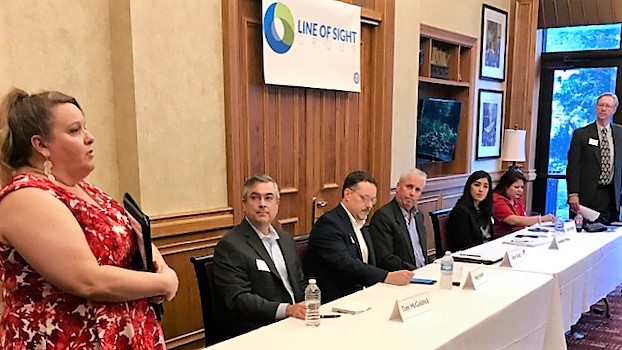Using External Data to Excel at Pricing

A study published last year in HBR, Forbes and Bain and Company’s own outlets looked at top-performing B2B companies (as defined by increased market share, self-described excellent pricing decisions and execution of regular price increases). The findings suggest that top performers are more likely to:
- Employ tailored pricing at the individual customer and product level
- Align incentives for frontline sales staff with the pricing strategy
- Invest in ongoing development of capabilities through data, training and tools
These top performers develop pricing capabilities by bringing market intelligence to bear on three variables for setting target prices:
- The attributes and benefits that each customer truly values (External Data)
- The alternatives and competitive intensity in the industry (External Data)
- The true profitability of the transaction after accounting for leakage in areas such as rebates, freight, terms, and inventory holding (Internal Data)
What caught my eye, of course, is the emphasis on the use of EXTERNAL DATA to develop the pricing capabilities of these top performers.
Applying external data to pricing decisions requires an underlying capability to collect data, analyze and deliver insight to pricing decisions. While the authors offer no specifics on HOW this is done, here are three techniques we’ve used over the years to help clients develop this capability:
- Systematic scanning. Top performers systematically monitor for pricing information and indicators rather than engaging in “episodic pricing projects”. From press releases to published contracts to captured conversations by the sales force, open source data is compiled, organized and analyzed to understand what customers are paying and the pricing strategies of the competition
- Market and competitive analysis. The B2B supply chain contains several transaction points – the points at which money is exchanged for something of value, whether a supplier, customer, distribution partner or other. And whenever money is exchanged, data and information are associated with the transaction. Using this ‘follow the money’ approach and asking the right questions, it is possible to extract valuable insight regarding the attributes customers value and the pricing practices of the competition
- Win/Loss analysis. When we speak to B2B customers on our client’s behalf following a buying decision, we seek to understand both the key buying factors as well as the customer’s buying alternatives and their perceptions of price. Whether our client won or lost the decision, knowing how their pricing compared aids them in setting future prices
While data and insight are one component of overall pricing success, 77% of top performing companies have access to the right data and tools. An example is a top performing company in the specialty chemical industry that successfully employed these pricing tactics and increased EBIT by 35% within two years.
The authors close the white paper with these words, “companies in almost all industries have underinvested generally across pricing. The episodic “pricing project” approach leaves companies well short of full potential. With meaningful margin upside at stake, managers cannot afford to continue pricing by guesswork or rules of thumb.”
The links below will open a three pricing-related case studies.
Maximizing Revenue Through Market-Based Pricing
https://lineofsightgroup.com/wp-content/uploads/2018/12/LoSCaseStudyCS32.18_MarketPricing-1.pdf
Price Benchmarking
https://lineofsightgroup.com/wp-content/uploads/2016/02/LoSCaseStudyCS30.18_PriceBenchmark-1.pdf
Protect Against Low Priced Competition
https://lineofsightgroup.com/wp-content/uploads/2016/02/LoSCaseStudyCS31.18_LowPriceCompetition.pdf
Here is a link to the Bain and Company brief “Is Pricing Killing Your Profits?”:










